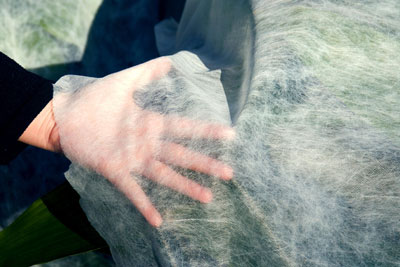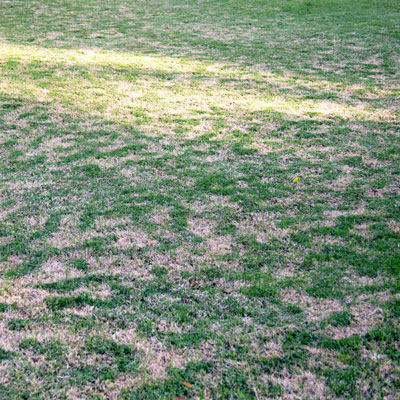Question of the Week: February 25, 2016
The question that’s pouring off everyone’s lips today is “Neil, with trees and shrubs in bud and bloom weeks early this year, what impact would a freeze tonight or in the next couple of weeks have, and what can we do to protect our plants?”
Important Note for Today! I leave weather information that may be of critical timing archived on my website in the FAQ section. Click the top topic for information on protecting your plants tonight.
I learned a long time ago that one of the reasons universities put Horticulture in the College of Agriculture is because we face the same crazy weather issues that farmers do. We are absolutely powerless over the weather, and when anomalies like record-mild winters bring our plants into bud, bloom and even full leaf three or four weeks early, all we can do is sit by helplessly. And pray.
Many areas of Texas are as many as four weeks ahead of the average date of their last killing freeze, yet woody plants are in bud, flower and leaf. In “average” years (whatever they are), those areas would still have a 90 percent chance of at least one more killing freeze, yet the plants are off to the races.
Some plants will tolerate late killing freezes well – no browning of leaves. Some “burn” from the cold (and the wind) – I think most quickly of pears. Some can be seriously damaged by late freezes once they leaf out, and here I think first of Arizona ash trees. It was probably 15 years ago that an early April freeze actually killed many Arizona ash trees in the DFW Metroplex. Where most other trees came out with new sets of leaves two or three weeks after the freeze, many of those ashes never did.
Beyond making sure they don’t face cold weather with dry soil, you can’t do much to protect trees and large shrubs from cold damage. That’s why it’s so critical that you make good choices initially – plants that are perfectly suited to your local conditions.
However, there are things you can do for smaller, shorter plants, and most of them revolve around coverings. Buy a roll of “frost cloth” and keep it on hand. These are lightweight fabrics that are used in production agriculture. They allow the sun’s rays to soak through and into the soak, but they act as thermal blankets holding the radiant warmth beneath them and releasing it gradually so the plants are given 5 or 6 degrees’ worth of protection. Use them to cover vegetables, flowers and even low, blooming shrubs like azaleas in times of cold weather. I buy it in 8-, 10- or even 12-foot widths for easiest application over my plants.

Lightweight frost cloth is readily available from better nurseries, farm stores and other gardening supply centers.
Do not attempt to spray fruit trees to protect developing fruit if the weather turns cold. You don’t have the sophisticated fogging heads that orchardists use, and you’re likely to end up damaging your plants’ branches as ice coats them.
Oh, and one other thing you’re likely to encounter this spring since grass is starting to green up so rapidly, when bermuda lawns are exposed to heavy frosts (but not freezes), they typically develop an usual basketweave pattern of browning. It’s only frost kill, and it’s no cause for concern. But it makes for some interesting bets.

